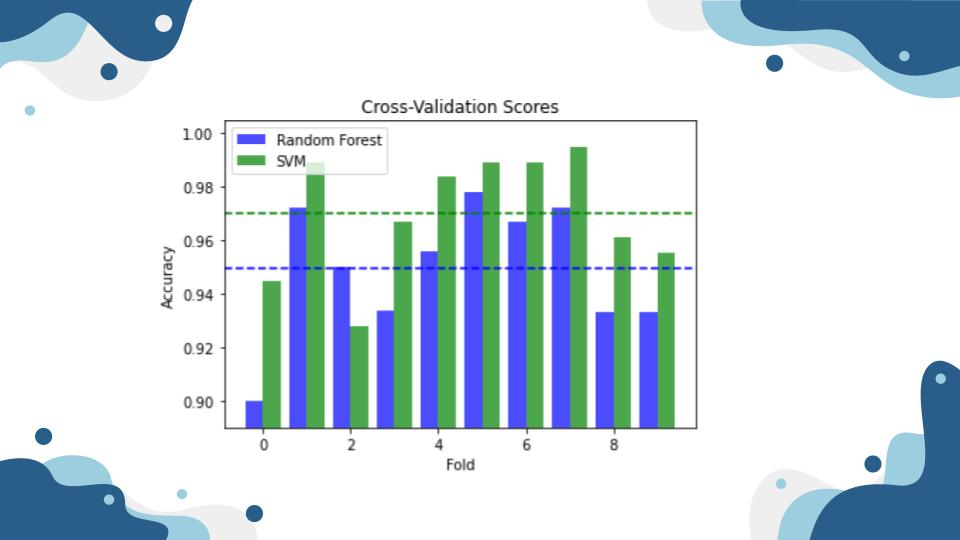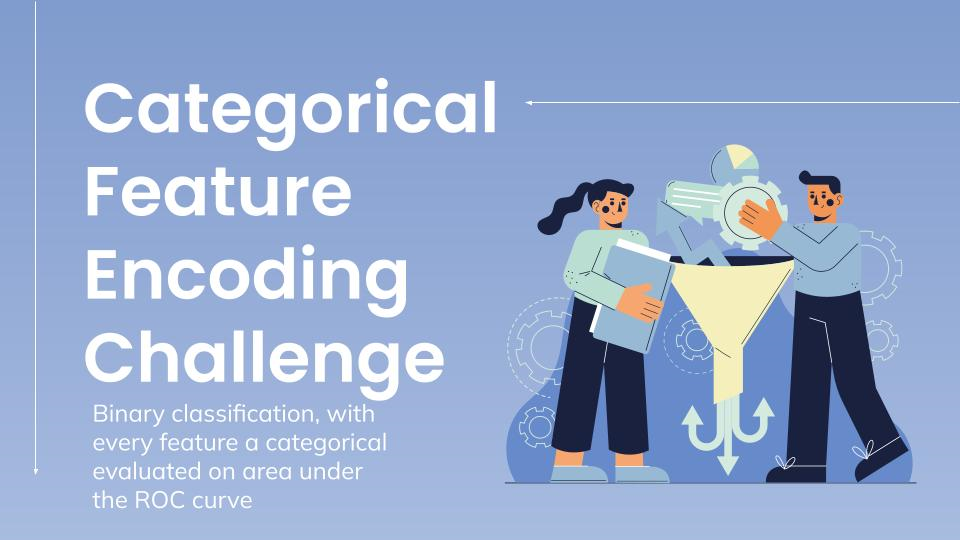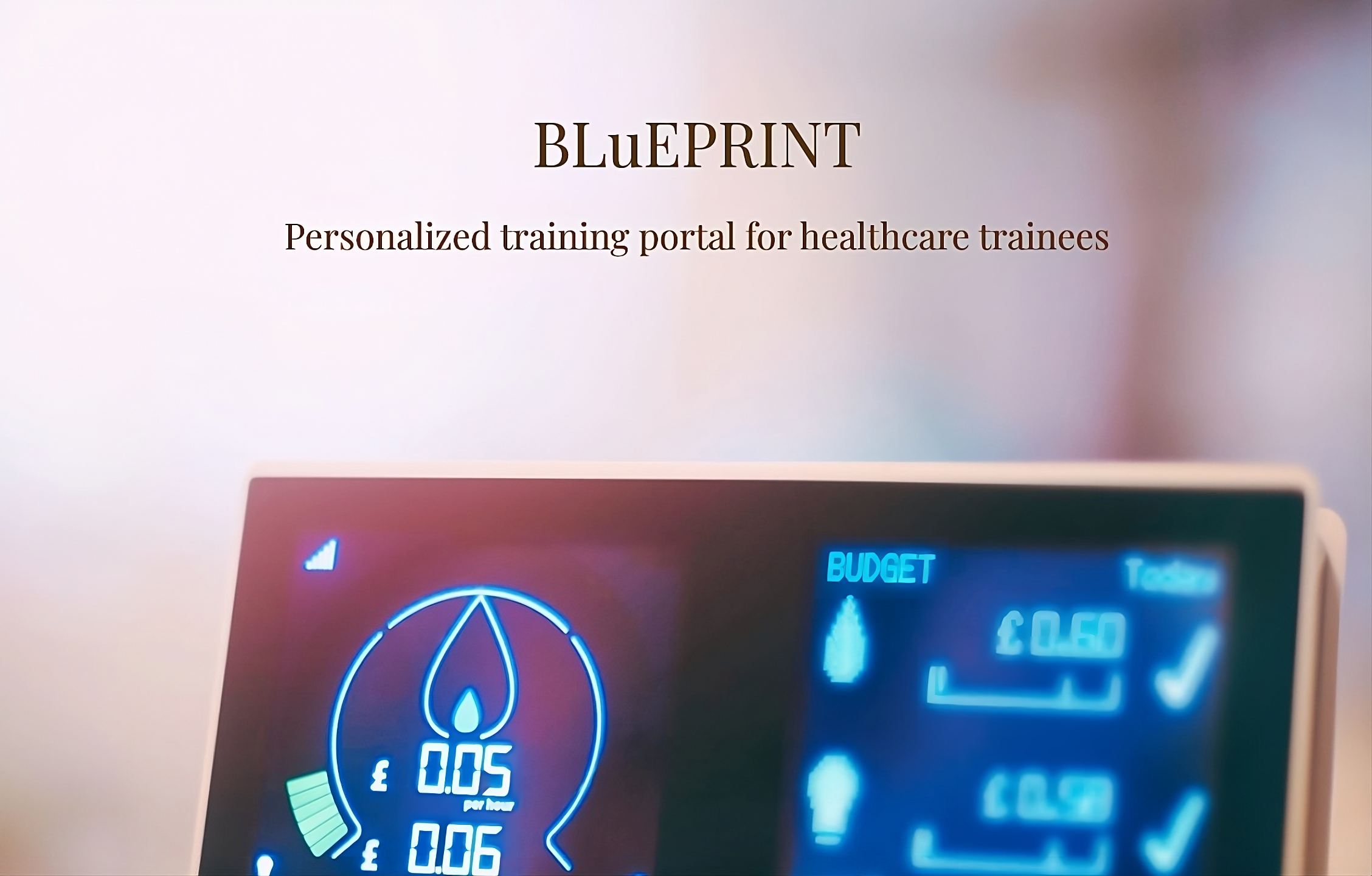
In the realm of commercial crab farming, precision is paramount. Deciphering the exact age of a crab holds the key to unlocking a cascade of benefits for farmers. Welcome to the world of "Regression with a Crab Age," where data-driven insights empower crab farmers to make informed decisions about harvesting, resource allocation, and sustainability.
In the realm of commercial crab farming, precision is paramount. Deciphering the exact age of a crab holds the key to unlocking a cascade of benefits for farmers. Welcome to the world of "Regression with a Crab Age," where data-driven insights empower crab farmers to make informed decisions about harvesting, resource allocation, and sustainability.
Our team embarked on a journey of data exploration, delving into an expansive dataset encompassing various physical attributes of crabs. The aim? To unravel the intricate relationship between crab age and these features. Through meticulous analysis, we unearthed valuable insights and discerned the telltale signs of linear correlations between age and physical characteristics.
Our expertly crafted age prediction models provide an indispensable tool for crab farmers. By harnessing the power of data, we enable farmers to optimize their harvesting schedules with pinpoint accuracy. No longer left to guesswork, farmers can now determine the optimal time to harvest, ensuring maximum yield and profitability as crabs attain their peak size and weight.
This project was championed by a group of aspiring data analysts: Crystal Cui, and Chengcheng Le,Junfei Ma, Shuangqing Li. These dedicated individuals engaged in an ongoing Kaggle competition, showcasing their inquisitiveness and technical prowess. Rooted in a Kaggle competition, this endeavor underscores our resolute commitment to surmounting real-world data science challenges while harnessing our team's talents to forge solutions that extend beyond the realm of coding and algorithms.
The implications of accurate crab age prediction ripple across the entire crab farming ecosystem. By aligning harvesting schedules with crab maturity, farmers curtail waste in terms of resources, feed, and space. This harmonization bolsters sustainability efforts, contributing to a reduction in environmental strain and promoting responsible farming practices.
Furthermore, our predictive models serve as more than just a tool for economic gain. They hold the potential to revolutionize disease detection and prevention in crab populations. Early identification of age-related diseases through accurate age prediction equips farmers with the foresight needed for timely interventions. By averting potential outbreaks, we safeguard not only the financial investments of farmers but also the delicate balance of the aquatic environment.
In the grand tapestry of agriculture and aquaculture, "Regression with a Crab Age" is a testament to the transformative power of data-driven insights. It's not just about predicting crab age; it's about nurturing sustainable practices, fostering economic prosperity, and cultivating a future where technology and nature coexist in harmony.

Step into the realm of data innovation with our latest project, the "Categorical Feature Encoding Challenge: cat-in-the-dat." This venture is designed to unravel the complexities of categorical classification by exploring cutting-edge encoding techniques. Join us as we delve into this crucial aspect of data science, where the art of effective encoding can be the catalyst for building robust machine learning models.
Step into the realm of data innovation with our latest project, the "Categorical Feature Encoding Challenge: cat-in-the-dat." This venture is designed to unravel the complexities of categorical classification by exploring cutting-edge encoding techniques. Join us as we delve into this crucial aspect of data science, where the art of effective encoding can be the catalyst for building robust machine learning models.
Navigating the world of data science often involves taming unruly data, a task that can consume the lion's share of our time. The "Categorical Feature Encoding Challenge" addresses this by zeroing in on the most commonly used encoding methods. We present participants with an opportunity to not only learn about these techniques but also to push the boundaries of innovation by crafting novel solutions for tackling categorical classification problems.
In today's data-rich landscape, some variables can be neatly quantified as numbers, while others pose a more intricate challenge. Imagine deciphering the impact of gender, ethnicity, or product types on a given outcome. These categorical variables don unique identities, and it's in their representation that the real power of encoding techniques shines.
Crystal, our dedicated data analyst, undertook the 'Cat in the Dat' individual project sourced from a past-due Kaggle competition. This endeavor offers fresh insights for students to venture into novel territories, mastering the handling of categorical features.
Dive into the world of our challenge, where participants take on the task of predicting the classification of samples within the dataset, assigning them to either Class 0 or Class 1. As we unveil the intricacies of one hot encoding and target encoding, we invite you to witness these techniques in action. They serve as the backbone of our exploration, tested within the frameworks of logistic regression and LightGBM models.
The "Categorical Feature Encoding Challenge" isn't just about deciphering classification outcomes; it's about acquiring a toolkit of techniques that can be applied across a spectrum of real-world scenarios. Aspiring data analysts and enthusiasts alike will find a wealth of knowledge here – insights that pave the way for enhanced data analytics capabilities.
In the landscape where data powers decisions and innovation fuels progress, "Categorical Feature Encoding Challenge: cat-in-the-dat" is a beacon of knowledge. Whether you're an industry professional or a curious learner, this project promises to expand your horizons and equip you with the skills needed to extract meaningful insights from categorical data.

In the complex clinical training environment, medical trainees grapple with challenges, facing an overload of information during rotations (such as ICU, cardiology and so on). The absence of a clear navigation system hinders their learning – a concern magnified by the lack of standardized training.
In the complex clinical training environment, medical trainees grapple with challenges, facing an overload of information during rotations (such as ICU, cardiology and so on). The absence of a clear navigation system hinders their learning – a concern magnified by the lack of standardized training.
The clinician educators that we partnered with have taken a stride to address these challenges by introducing an innovative educational approach: sequential pre-rotation self-assessments across various specialties, executed through Google Forms. These assessments serve as navigational aids and self-regulated learning tools for residents, aiding individualized education when shared with faculty. However, Google Forms' limitations in terms of sustainability, usability, and broad applicability hinder its potential.
To tackle these limitations, we have partnered with the clinician educators to develop a web application called BLuEPRINT. This application aims to overcome the constraints of the current Google Forms implementation and enhance the educational experience for medical trainees.
The main outcome of this project will be an interactive website that can be used by medical trainees and faculty supervisors to capture and track longitudinal data regarding the learning goals of medical trainees. The data will comprise self-assessment ratings provided by the medical trainees for multiple goals corresponding to various rotations (e.g., ICU rotation, cardiology rotation, and so on). The website will also have features such as storage/retrieval of historic data, account management for medical trainees and faculty supervisors, as well as reporting capabilities. Additionally, the website will provide links to relevant learning materials and the best resources (with the ability to be edited by admins), while users assess themselves across various goals.
This project was undertaken by a group of dedicated software developers: Zunyue Qiu, Jinsong Dai, Nicole Li, Shiyao Wang, Yang Yi and it is being managed by Mayuri Jadhav. We continue to receive domain knowledge and insights regarding the exact requirement from our partner clinician educator Dr. Zhou. The proposed web application is currently in its development phase and this endeavor offers hand-on opportunities for aspiring software developers and UI / UX developers to venture into front-end and back-end development from scratch.
Once completed, the web application will eliminate technology limitations linked to collecting longitudinal educational data via Google Forms. It will facilitate storing and visualizing historical data connected to medical trainees' learning experiences, serving as both a navigation aid and a self-regulated learning tool. Faculty supervisors can efficiently leverage this data to enhance personalized education during rotations. This advancement will greatly enhance sustainability, usability, and global applicability across diverse training programs.
Think you got a great idea? Get in touch with us. We can’t wait to have you on board!